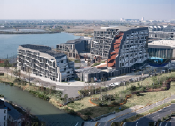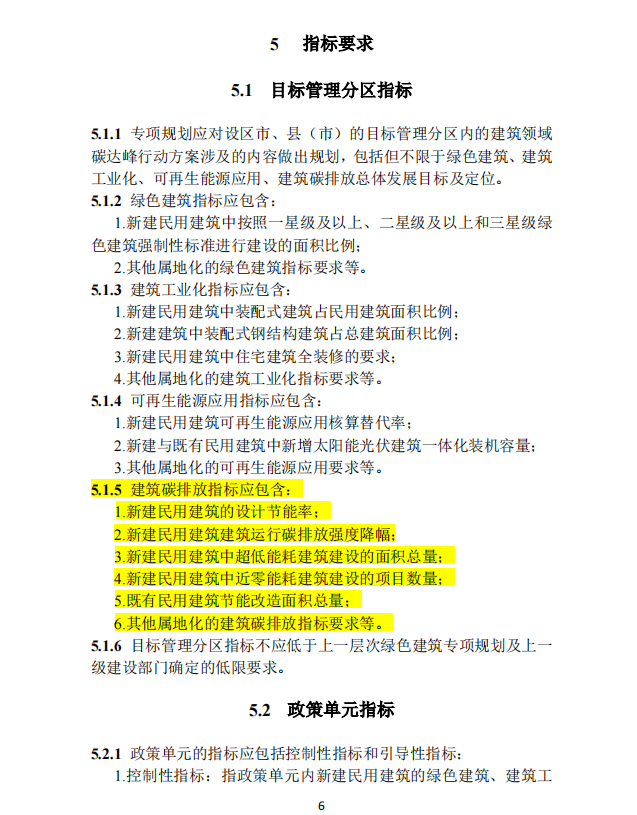The project is located in the northern part of Xiuzhou District, Jiaxing City, Zhejiang Province. The Southern Discipline Innovation Research Center and Life Cluster serve as important support points for the first phase of campus functions, carrying various functions such as academic research, accommodation for teachers and students, catering and entertainment. The architectural form is formed by a folded ultra long linear volume as the skeleton, and a shared corridor connects the north and south, enclosing a layered courtyard space that inherits the urban environment and natural waterfront landscape. Covering an area of 100300 square meters, with a building area of 113000 square meters..

The design embodies the charm of the Jiangnan water town, starting from the natural environment of the site, embodying the concept of “let it be, let it be”. The overall atmosphere pays tribute to the profound artistic conception of Jiangnan gardens, experiencing the beauty of every inch of the garden, and savoring the open and beautiful lake water..

The construction site is located at the junction of the city and nature, with orderly artificial facilities on one side and a natural environment created by nature on the other. The design inspiration comes from these two completely different atmospheres, making the architectural community a bond between the two..

The overall layout design draws inspiration from calligraphy works, combining the characteristics of the meandering and freehand landscape of Jiangnan with the rigorous and orderly spirit of science and engineering colleges, presenting a winding and flowing architectural layout..

Facing the urban interface, using a high line pasting rate layout form, creating a neat and rigorous image of engineering colleges, and to some extent isolating noise; Faced with the natural environment, the square courtyard space with rich levels borrows and frames the scenery, infiltrating the landscape. This layout forms a well-arranged and square courtyard space, creating a natural transition between waterfront Jiangnan and urban artificial scenery..

In the transitional and continuous form, it sequentially accommodates 7 innovative research center functions, and has independent foyers on the bottom floor, which are separated for management and do not interfere with each other; The shared corridor runs north-south, serving as a transportation link between the teaching and living areas, as well as accommodating public functions such as teaching, coffee, and snacks..

Fully leveraging the waterfront environmental characteristics of the base, a variety of external activity spaces have been set up in the landscape design, integrating the “layered and changing landscape” Jiangnan gardens into the campus environment, adding a suitable humanistic environment to the campus’s scientific and engineering atmosphere, highlighting a humanized research and living environment. By utilizing different levels of gardens and physical openings, the waterfront landscape is gradually infiltrated into the inner courtyards and indoor spaces of buildings at each level, forming a three-dimensional landscape network. Combining the shared corridor as the main transportation axis, form a continuous indoor and outdoor walking path..
The architectural style continues the charm of the Jiangnan water town, reflected in the local building materials and structural forms, further three-dimensional traditional garden landscapes. The use of gray brick materials for masonry and facade openings reduces the sense of volume of ultra long building forms, approaching human scale. At the same time, by combining three-dimensional landscape design, the building is organically connected with the waterfront, creating a unique Jiangnan garden experience with different scenery..
The living cluster on the south side continues the shared corridor axis of the research center, enclosing the living courtyard with two “mountain peaks” shaped dormitory spaces. The two peaks are staggered in height, utilizing the oblique building volume and external transportation space to translate traditional Chinese landscape composition. Internally, the catering and service functions are overlaid with the accommodation functions of teachers and students in a three-dimensional manner, and the outdoor platform and.



